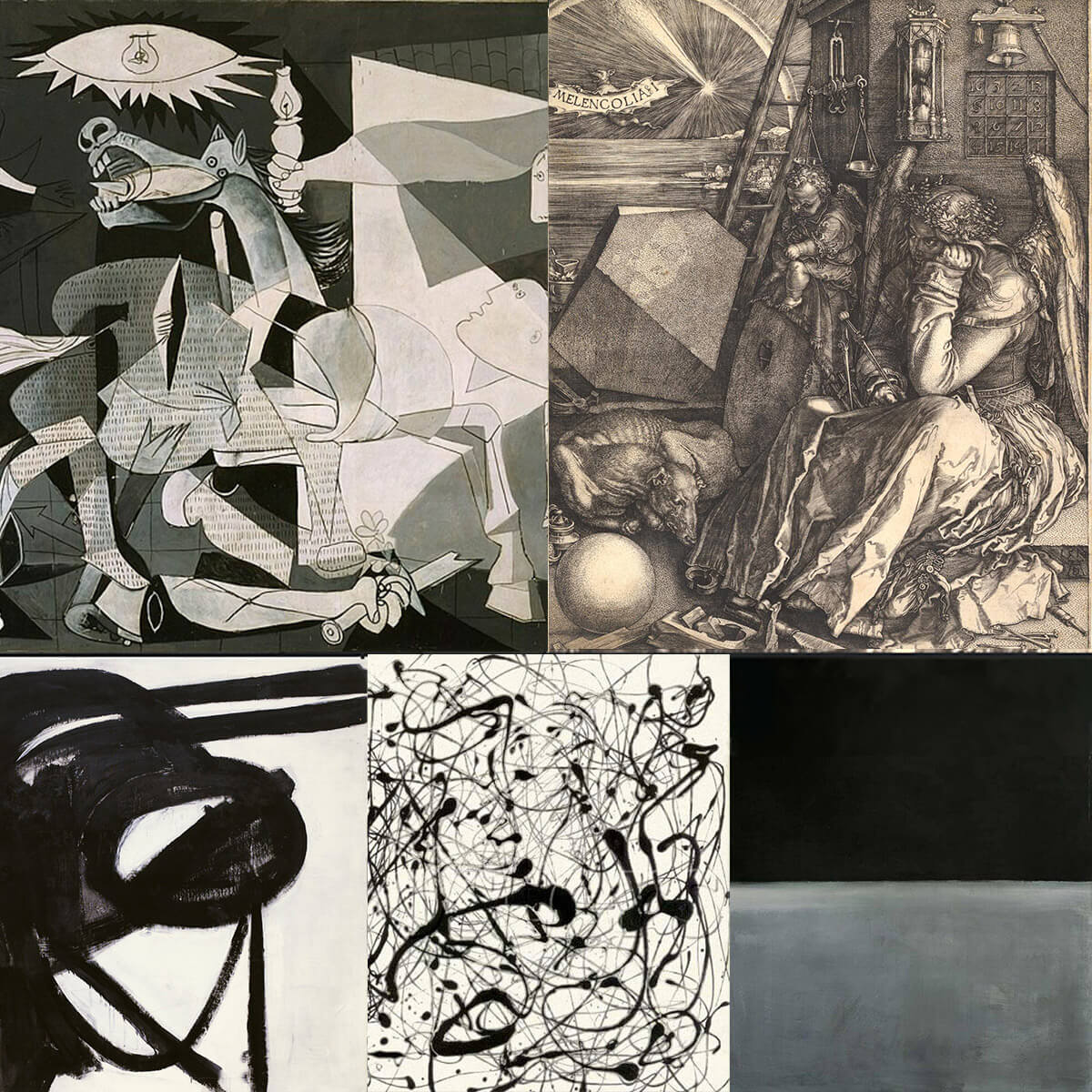The use of black and white in ink art has a profound emotional and psychological impact on the viewer, creating a powerful aesthetic effect through simplicity and the limitation of color. The absence of color draws attention to composition, lines, textures, and light, offering a clearer and more unmediated experience of the artwork. Ink art, especially in black and white form, often exudes a sense of timelessness and mysticism, focusing on essence rather than decoration.
From a psychological perspective, black and white function as opposing forces. White represents purity, calmness, and light, while black suggests the unknown, gravity, and intensity. The contrast between the two elicits strong emotional responses, as it stimulates the feeling of balance and conflict alike. This dynamic is especially evident in ink art, where artists harness the power of contrast to convey drama, tension, or harmony.
Monochromatic ink works emphasize detail and abstraction, creating space for the viewer’s imagination. The simplicity of black and white allows for more direct and emotional communication, stimulating psychological engagement and interpretation. Overall, black-and-white ink art evokes a sense of inner exploration, highlighting the balance between light and darkness, emotion and thought, letting the work speak directly to the viewer’s soul.
From a sociological standpoint, art functions as a reflection of social structures and values. The choice of black and white can be seen as a statement of simplicity or a reaction against the complexity of contemporary society. Furthermore, monochromatic art can transcend cultural and linguistic barriers, offering a universal language that communicates emotions and ideas without the need for color.
Philosophically, the ambiguity of black and white often symbolizes the struggle between opposites, such as good and evil, light and darkness. Monochromatic ink art can be regarded as an exploration of these dualities, inviting the viewer to reflect on human experience and existence. Philosopher Maurice Merleau-Ponty, for example, argued that perception is the primary source of knowledge, and monochromatic art can encourage a more immediate and pure perception of the world.
In sum, black-and-white ink art offers a rich field for understanding the emotional, social, and philosophical dimensions of human experience, emphasizing the power of simplicity and contrast in communicating deeper meanings.
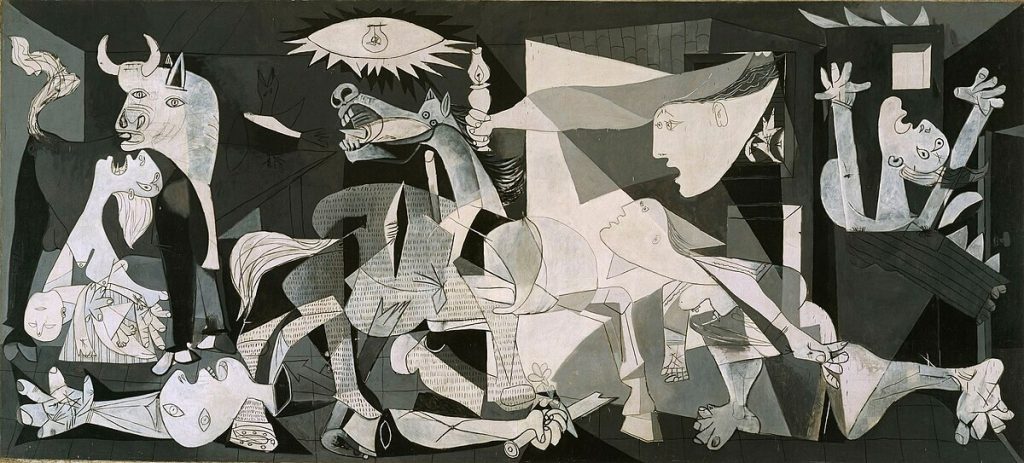
Guernica – Pablo Picasso (1937)
The work “Guernica” is perhaps the most famous black-and-white artwork in the history of art. It was created by Pablo Picasso in response to the bombing of the city of Guernica during the Spanish Civil War. The black-and-white palette was chosen to convey brutality, mourning, and death, while the absence of color intensifies the dramatic and psychological impact. The work captures the agony of war through symbolic and Cubist elements.
Melancholia I – Albrecht Dürer (1514)
This work is a famous engraving dominated by geometric shapes and symbols. The use of black and white emphasizes shadows and the concept of melancholy, linking human creation with reflection and knowledge.
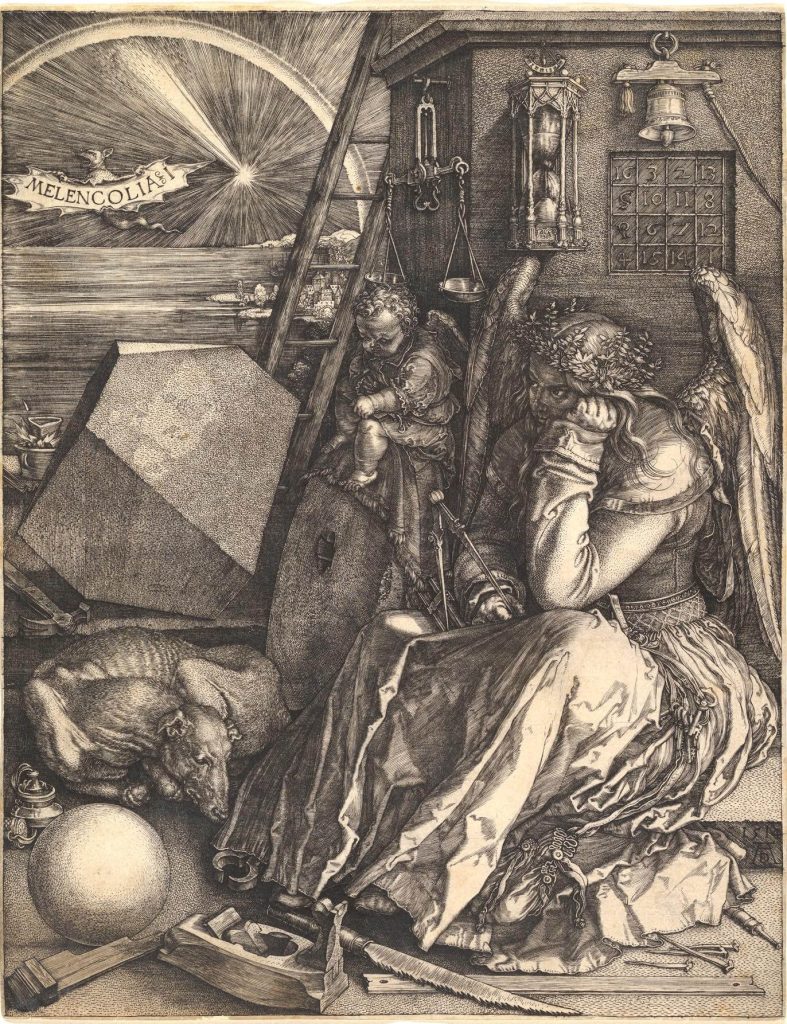
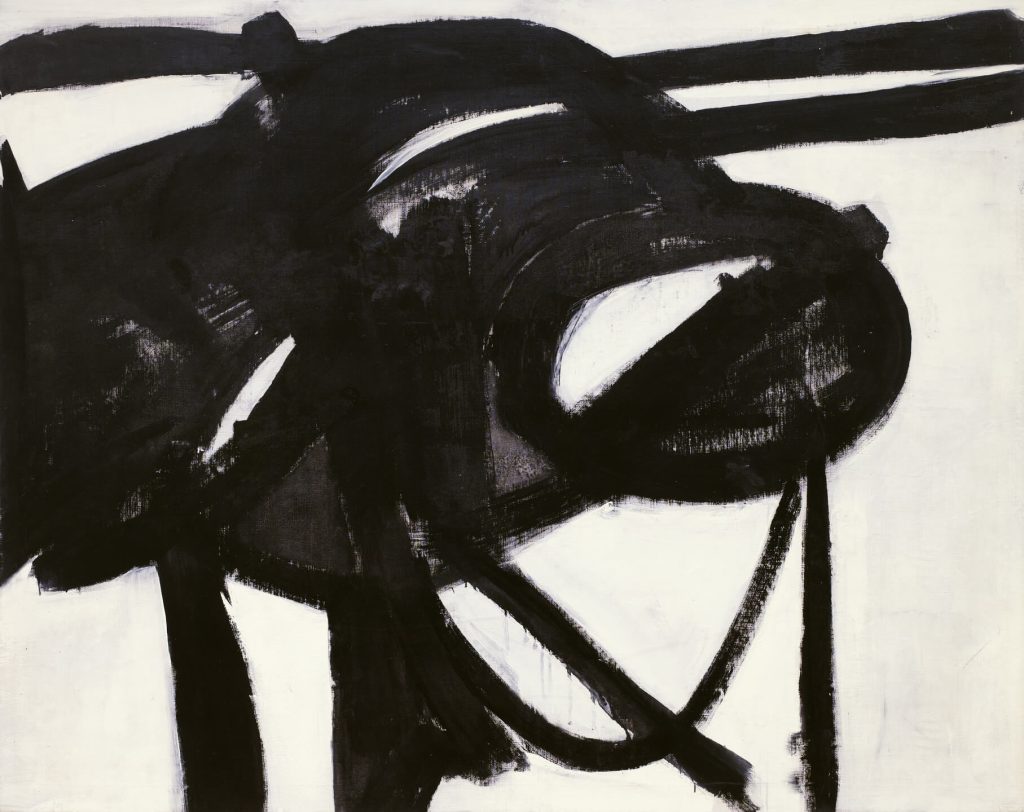
Chief – Franz Kline (1950)
Kline is known for his large black-and-white works, dominated by bold, geometric brushstrokes. In the piece Chief, black ink is applied with decisive movements, creating a dynamic contrast with the white background that suggests energy and balance.
Number 14 Gray – Jackson Pollock (1948)
The work belongs to Abstract Expressionism and is characterized by the techniques of dripping and splattering ink. Pollock uses black-and-white shades to create movement and rhythm without recognizable forms, emphasizing the intensity of the process and the gesture.
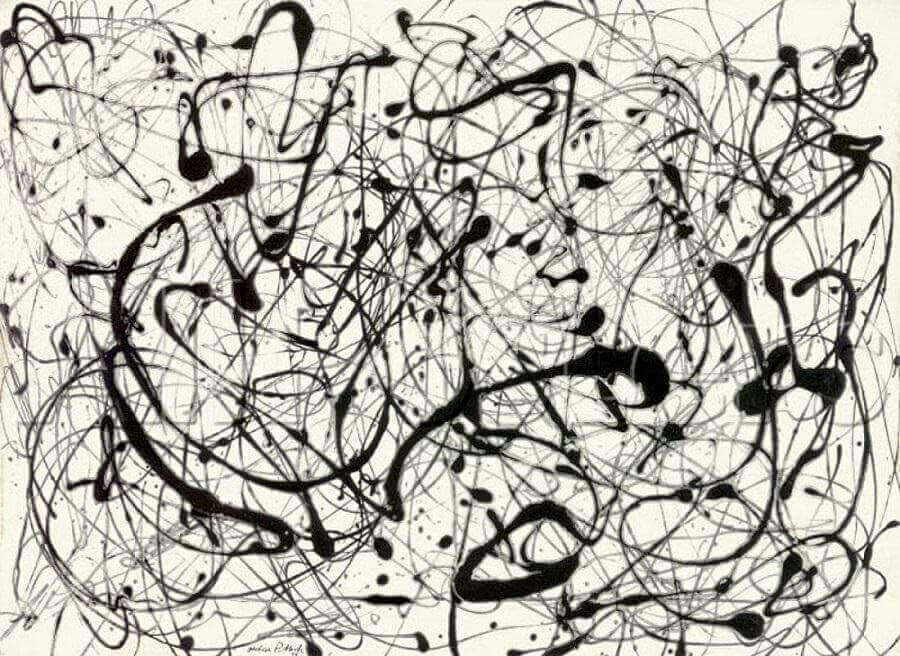
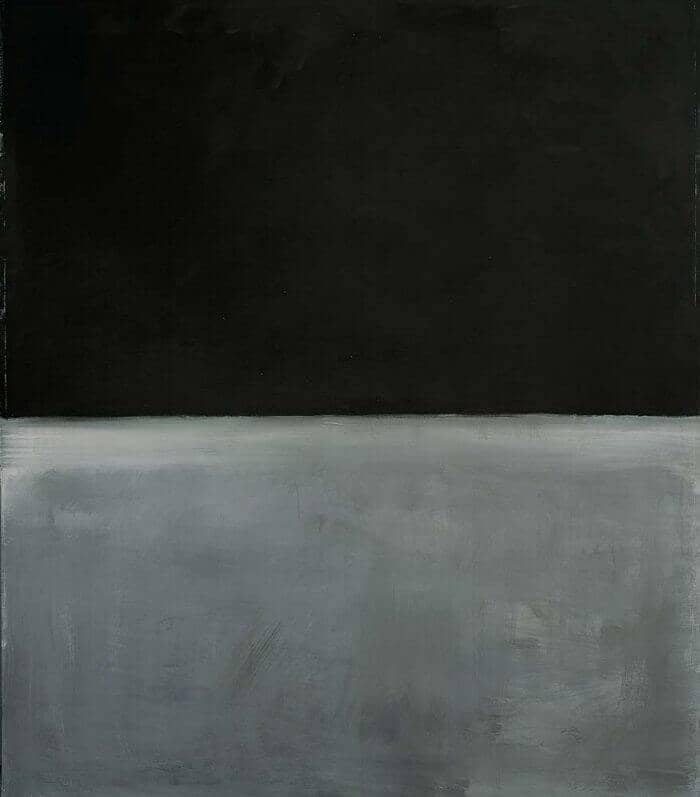
Untitled Black and Gray – Mark Rothko (1969)
The work presents large, simple geometric surfaces in tones of black and gray. Rothko uses black and white to create a contemplative space that exudes calm and melancholy, encouraging the viewer to focus on the simplicity and emotional intensity of the color fields.

